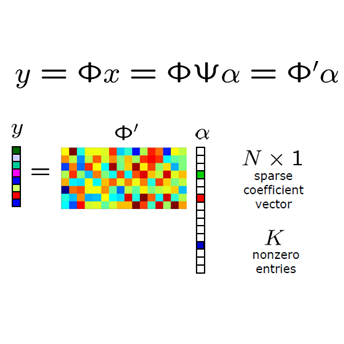Compressed sensing can decrease scanning transmission electron microscopy electron dose and scan time with minimal information loss. Traditionally, sparse scans used in compressed sensing sample a static set of probing locations. However, dynamic scans that adapt to specimens are expected to be able to match or surpass the performance of static scans as static scans are a subset of possible dynamic scans. Thus, we present a prototype for a contiguous sparse scan system that piecewise adapts scan paths to specimens as they are scanned. Sampling directions for scan segments are chosen by a recurrent neural network based on previously observed scan segments. The recurrent neural network is trained by reinforcement learning to cooperate with a feedforward convolutional neural network that completes the sparse scans. This paper presents our learning policy, experiments, and example partial scans, and discusses future research directions. Source code, pretrained models, and training data is openly accessible at https://github.com/Jeffrey-Ede/adaptive-scans
翻译:压缩的遥感可减少扫描传输电子显微镜电子剂量和扫描时间,同时尽量减少信息损失。传统上,压缩感测样本中采用的是一组静态检测地点,使用稀少的扫描方法。然而,由于静态扫描是可能的动态扫描的子集,因此适应样本的动态扫描预计能够匹配或超过静态扫描的性能。因此,我们为毗连的稀薄扫描系统提供了一个原型,该系统在扫描时将扫描路径与标本相适应。扫描部分的取样方向由基于先前观测的扫描部分的经常性神经网络选择。经常性神经网络通过强化学习,与完成稀有扫描的进化进化进化神经网络合作。本文介绍了我们的学习政策、实验和部分扫描,并讨论了未来的研究方向。源代码、预先培训的模型和培训数据在 https://github.com/Jeffrey-Ede/adptive-scans公开查阅。




